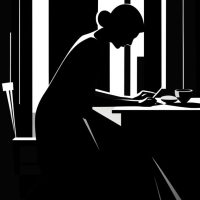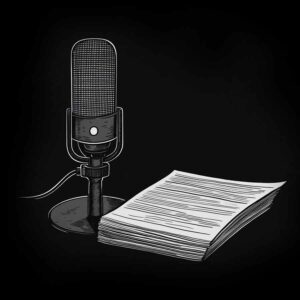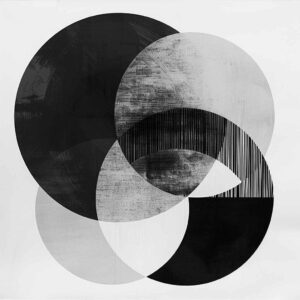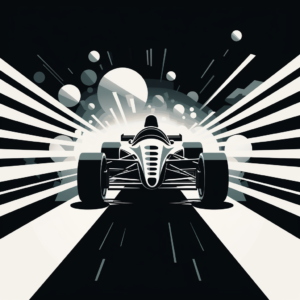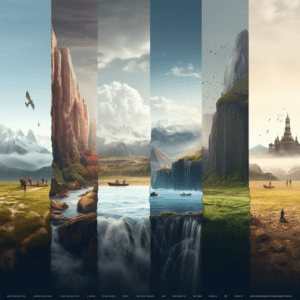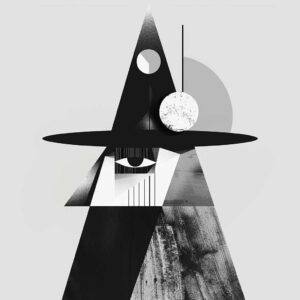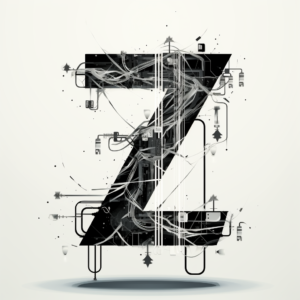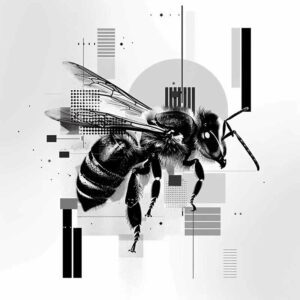How to Use the Novel Outliner Tool
The Novel Outliner tool is designed to help writers at any stage brainstorm and structure compelling fiction, focusing on plot development, characters, and narrative flow. Whether you’re a first-time novelist or an experienced storyteller refining a new idea, this tool acts as your novel outline writing assistant. Below, you’ll find a breakdown of how to fill out each section of the tool, along with a few example inputs to inspire your own unique stories.
Title of Novel (or Working Title)
This field sets the tone for your story. It doesn’t need to be final—use it as a placeholder to clarify your concept.
Example Titles Across Genres:
- The Last Ember (Fantasy)
- Silicon Ghosts (Science Fiction)
- The Widow’s Orchard (Gothic Mystery)
- Chasing Velvet (Romance/Drama)
- Outlaws of Eden (Western)
- Tomorrow’s Tombstone (Cyberpunk Thriller)
- Ashes of the Crown (Historical Fiction)
Story Structure (Optional)
You can choose from standard narrative structures or let the tool decide for you. Selecting a structure provides a scaffold for your plot.
Common Story Structures Include:
- Three Act Structure (great for most traditional novels)
- Hero’s Journey (ideal for fantasy, adventure)
- Seven-Point Story Structure (for tightly plotted narratives)
- Fichtean Curve (emphasizes rising action and tension)
- Nonlinear (best for psychological, experimental, or mystery stories)
Genre(s)
Your genre influences tone, tropes, and expectations. You can enter a single genre or combine them.
Example Genre Inputs:
- Science Fiction
- Fantasy + Romance
- Mystery + Historical Fiction
- Horror + Psychological Thriller
- Comedy + Coming-of-Age
- Urban Fantasy + Supernatural
Creative Combo Examples:
- “Fantasy + Political Drama” — perfect for court intrigue and rebellion plots.
- “Sci-fi + Horror” — ideal for space survival stories or alien infestations.
- “Mystery + Romance” — suited for detective tales with a subplot of emotional tension.
Story Notes or Synopsis
This is your idea sandbox. Provide some rough notes on your concept, theme, setting, conflict, or any other inspiration. The more detail you give, the more tailored your outline will be. A rough synopsis is always a great first step. Below are a few examples. Your synopses or notes do not need to be fully polished for the tool to go to work writing a great novel outline, but it helps.
Example Synopses by Genre:
Fantasy
In a land where music holds magical power, a deaf orphan discovers a forgotten song that could end a thousand-year war. But using it could awaken a slumbering god.
Science Fiction
Earth’s first contact with aliens occurs not through speech, but a shared virtual dream. As diplomacy unfolds in subconscious realms, a linguist must translate symbols that don’t exist in waking reality.
Romance
A reclusive historical fiction author starts receiving letters from a fan who seems to know impossibly intimate details about her past. The two begin a correspondence that might be a second chance at love—or something stranger.
Mystery
After a wealthy recluse dies, five former students are summoned to his mansion. They discover clues linking them to an unsolved murder from their shared school days.
Historical Fiction
Set during the fall of Constantinople, a young scribe must choose between betraying his teacher to survive or preserving the last book of lost philosophy at all costs.
Main Characters (Optional)
Introduce key players—protagonists, antagonists, or side characters. You can give names, roles, traits, or relationships.
Example Character Inputs:
Fantasy
Elira: orphaned harpist, empathic but skeptical; dreams of joining a forbidden order of bards.
Kael: disgraced royal guard, exiled for protecting a traitor. Loyal but quick-tempered.
Romantic Comedy
Dani: coffee shop owner with social anxiety.
Theo: travel blogger hiding his real identity, visiting the town incognito.
Science Fiction
Dr. Vance Liu: AI ethicist haunted by past failures.
Unit 9 (aka “Juno”): a rogue android with dreams it shouldn’t have.
Historical Drama
Annika Rosen: Jewish resistance courier in WWII Berlin, living under a false identity.
Wilhelm Brandt: conflicted SS officer, drawn to her out of suspicion—and something deeper.
Bringing It All Together
Once you’ve completed the fields and hit “Write Outline”, the tool will generate a custom story outline tailored to your ideas, genre, and chosen structure. Think of this as your creative first draft—a foundational framework to explore and expand upon.
Be sure to copy and paste your outlines to your preferred editor and edit, rearrange, or completely reimagine what the tool gives you. Add your voice, layer in subplots, shift timelines, and elevate themes that matter to you. This is where your unique creativity comes to life. Break rules, invent your own tropes, and shape worlds no AI can fully anticipate.

